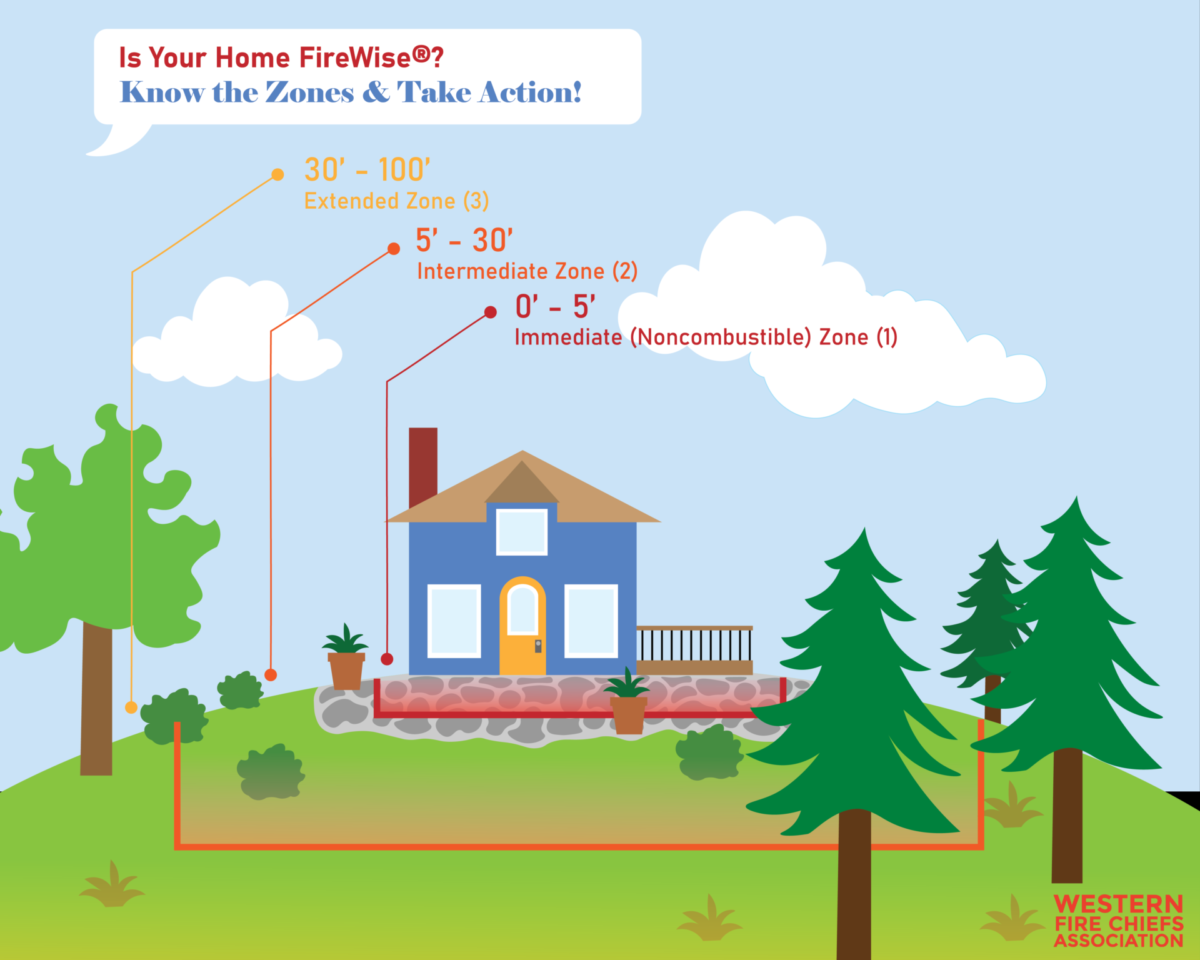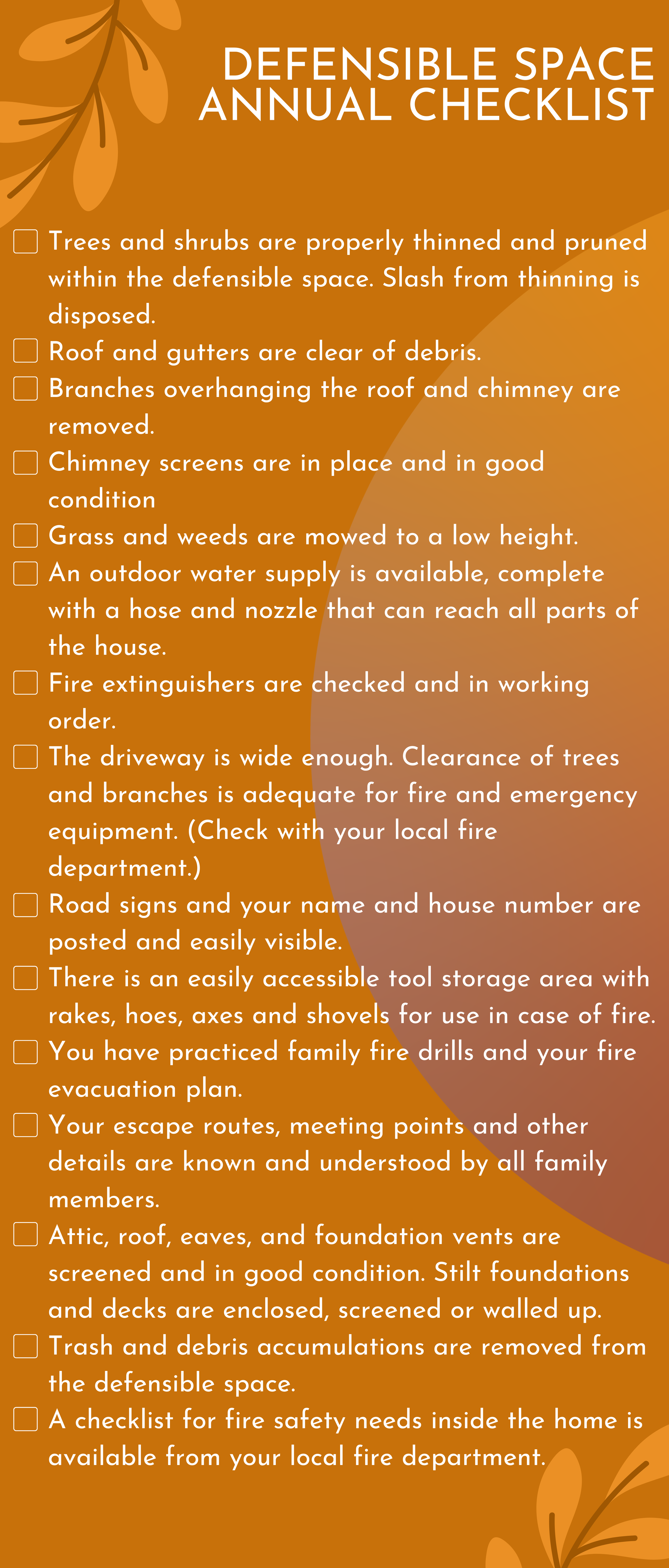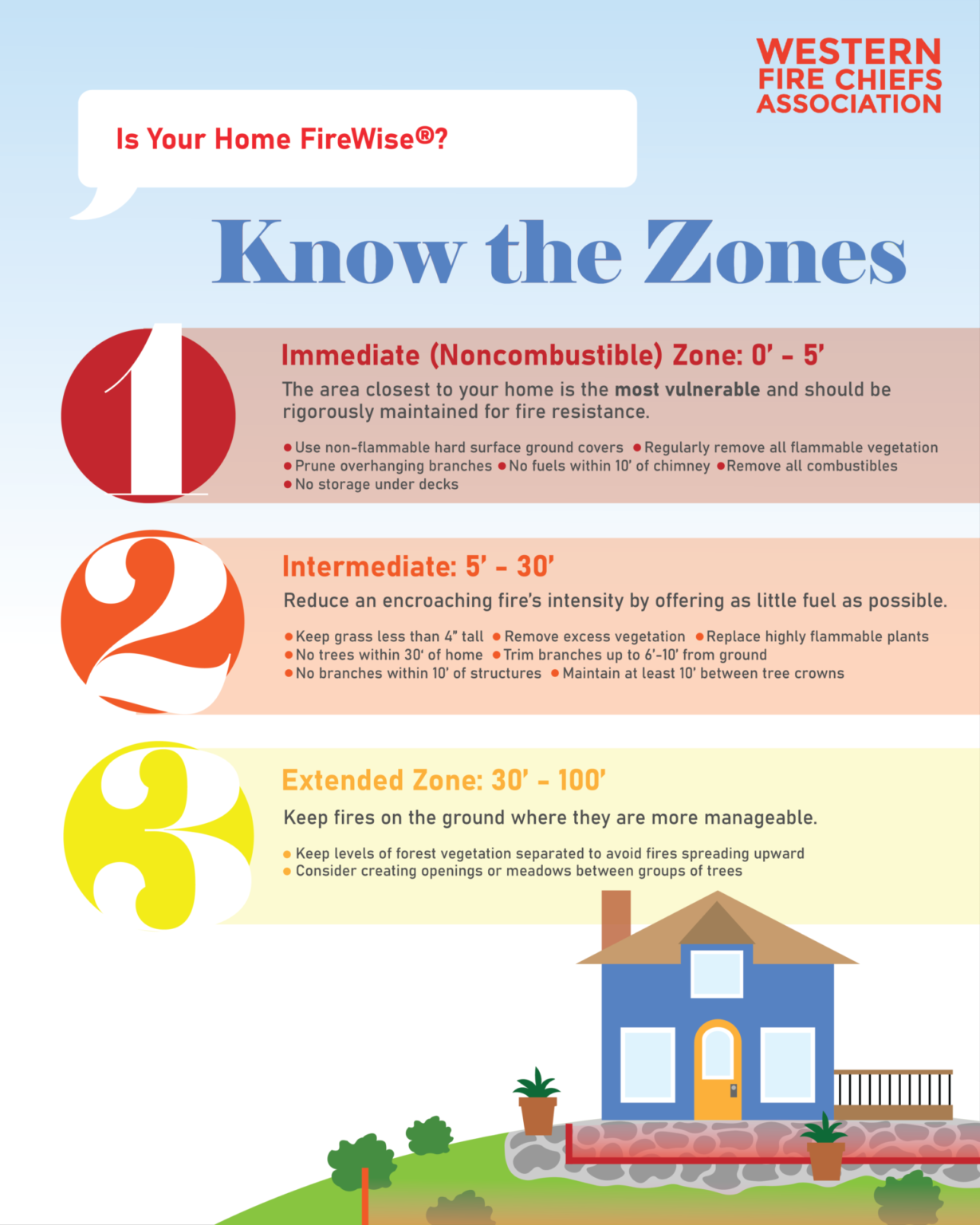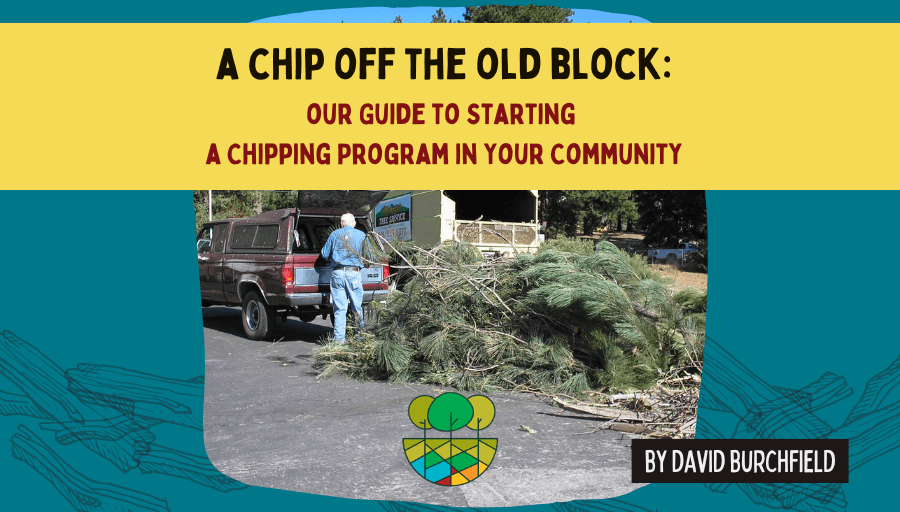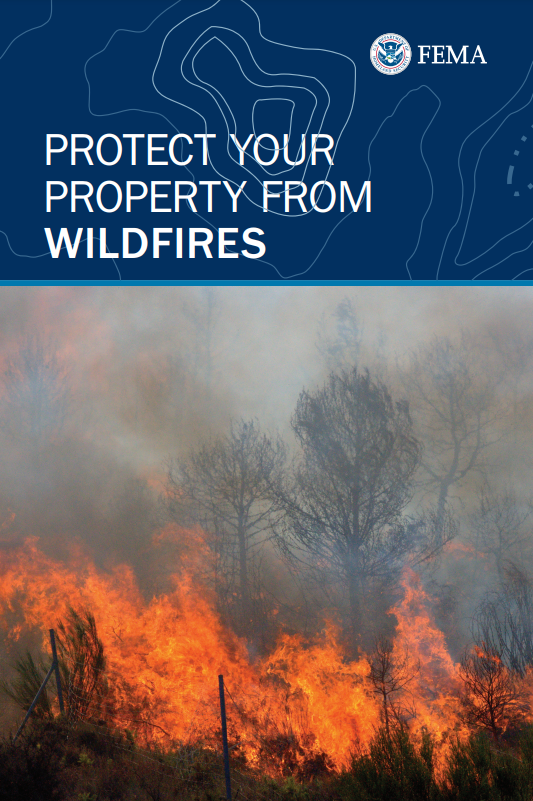Happy Wednesday and Happy Solstice, FAC NM readers!
As we celebrate the longest night of the year and the official start to winter, next year’s summertime wildfires may feel like a far-flung dream. However, it is never too early to start gearing up for fire mitigation, both around your home and in your community. While fire preparedness is year-round, winter is actually one of the best times to tackle heavy duty fire preparedness tasks.
Today’s Wildfire Wednesday features information on:
Creating defensible space
FAC Net’s Guide to Starting a Chipping Program in Your Community
A funding opportunity for FAC NM members to kickstart your community’s fire preparedness
Fire guides: information on home hardening, fire preparedness checklists, and yard tips
A video series on 7 Saturdays to a More Fire Resistant Home
Take care, happy holidays, and we look forward to connecting with you in the new year.
Rachel
Creating Defensible Space
Don’t disregard it: defensible space requires maintenance
Winter is often the best time to take steps to defend against fire, such as thinning out dense patches of trees, removing flammable brush and weeds, and pruning the limbs of mature trees to reduce contiguous fuels. Thinning and pruning during the cold winter months can also help reduce pest and disease infection in your trees and shrubs.
Maintenance tasks such as clearing flammable debris from gutters and around the home, making sure there are no flammable materials like firewood or patio furniture near your structures, and keeping grass and weeds mowed to less than 4 inches are all things you can do in these winter months and as part of spring cleaning to keep your home protected.
Whether you are a homeowner, renter, or transient temporary resident, your home is located in an environment that is dynamic and constantly changing. Trees and shrubs continue to grow, plants die or are damaged, new plants establish and grow, and needles and leaves drop to the ground, forming duff. Like other parts of your home, defensible space requires upkeep and conscious decision-making about your space, such as the choice to plant native grasses.
New Mexico State University ACES college, Firewise®, and Western Fire Chiefs Association (WFCA) are just a few of the entities which offer information and checklists to guide your creation of defensible zones and upkeep of defensible space.
“Defensible space is the buffer you create between a building… and the grass, trees, shrubs, or any wildland area that surrounds it. This space is needed to slow or stop the spread of wildfire and it helps protect your home from catching fire—either from embers, direct flame contact or radiant heat. Proper defensible space also provides firefighters a safe area to work in, to defend your home.”
- (CAL FIRE, Ready for Wildfire)
A Chip Off the Old Block
A Guide to Starting a Chipping Program in Your Community
From FAC Net: “As we say farewell to summer and winter settles in, and FAC practitioners start planning for next year, some of you may have chipping programs on your mind. Indeed, a chipping program is an important part of many fuels mitigation projects. To help you plan and dream, we have collected some insights from the field and a few practitioners to share here with you. This is hardly a comprehensive roundup, and it is not a prescriptive document as the thing that works best for you may be very different from some of your peers in the field.
When starting or revamping a chipping program, there are several things to consider, including assessing need, funding, staffing, outreach and marketing, chipper selection, access and functional needs, chip dispersal and use, and program improvement year over year.”
Assessing Need
Funding
Staffing
Outreach and Marketing
Chipper Selection
Access and Functional Needs
Chip Dispersal and Use
Programmatic Involvement
Visit http://fireadaptednetwork.org/ under ‘blog’ or click the button below to learn more about starting a chipper program.
Funding Opportunity
Application Period Open Now Through January 15:
FAC NM Microgrants for Fire Adapted Activities
FAC NM Leaders and Members are eligible to apply for grants of up to $2,000 for financial assistance with:
convening wildfire preparedness events,
enabling on-the-ground community fire risk mitigation work, or
developing grant proposals for the sustainable longevity of their Fire Adapted Community endeavor.
Applications for Round 1 are open now and close on January 15th! Visit the FAC NM Resources page or https://facnm.org/microgrants to learn more and apply now.
Tips and Tasks
Guidance on making your space fire adapted this winter
Home Hardening
Defensible space splits the area around your home or structure into treatment zones; you can think of internal and external home hardening and yard tasks as additional zones which are prime candidates for wintertime fire preparedness.
Fire hardened does not mean fireproof; it means your home is prepared for wildfire and ember storms. Home hardening addresses the most vulnerable components of your house with building materials and installation techniques that increase resistance to heat, flames, and embers that accompany most wildfires.
Yard Preparation and Considerations
An extension of defensible space, the tips and tasks are presented below can be done to prepare your yard and property for wildfire season now and throughout the year.
Property areas and considerations include: borders and hedges, dry vegetative debris, slash chipping, pests and disease, attics and crawl space vents, vegetation spacing, mulch, considerations for birds, holiday tree safety, and more.
Inside and Outside the Home
“Owning a property is one of the most important investments most people make in their lives. We work hard to provide a home and a future for ourselves and our loved ones... While you can’t prevent all wildfires from happening, there are some ways to secure your property to minimize damage and keep your home and your future safe.”
Click the image or download the PDF from FEMA to learn simple tricks for how to fortify your space this winter, inside and outside of the home.
Additional resources
Colorado State University and New Mexico Energy, Minerals, and Natural Resources Department offer an applicable collection of Fire Preparedness Resources for homes, pets, and family, and a Living with Wildfire Guide, respectively. Throughout the cold season, set aside some time to click through and visit these resources. An excerpt of topics includes:
7 Saturdays to a More Fire Resistant Home
A video series on easy and affordable steps to better prepare for wildfires
Pacific Gas and Electric (PG&E) released a 7-part series with helpful information on and recommendations for how to prepare to live with fire. View episode 1 on defensible space below then visit PG&E’s YouTube page to learn more about affordable home hardening, preparing for evacuation, fire resistant landscaping, resilient interiors, and resilient communities.
